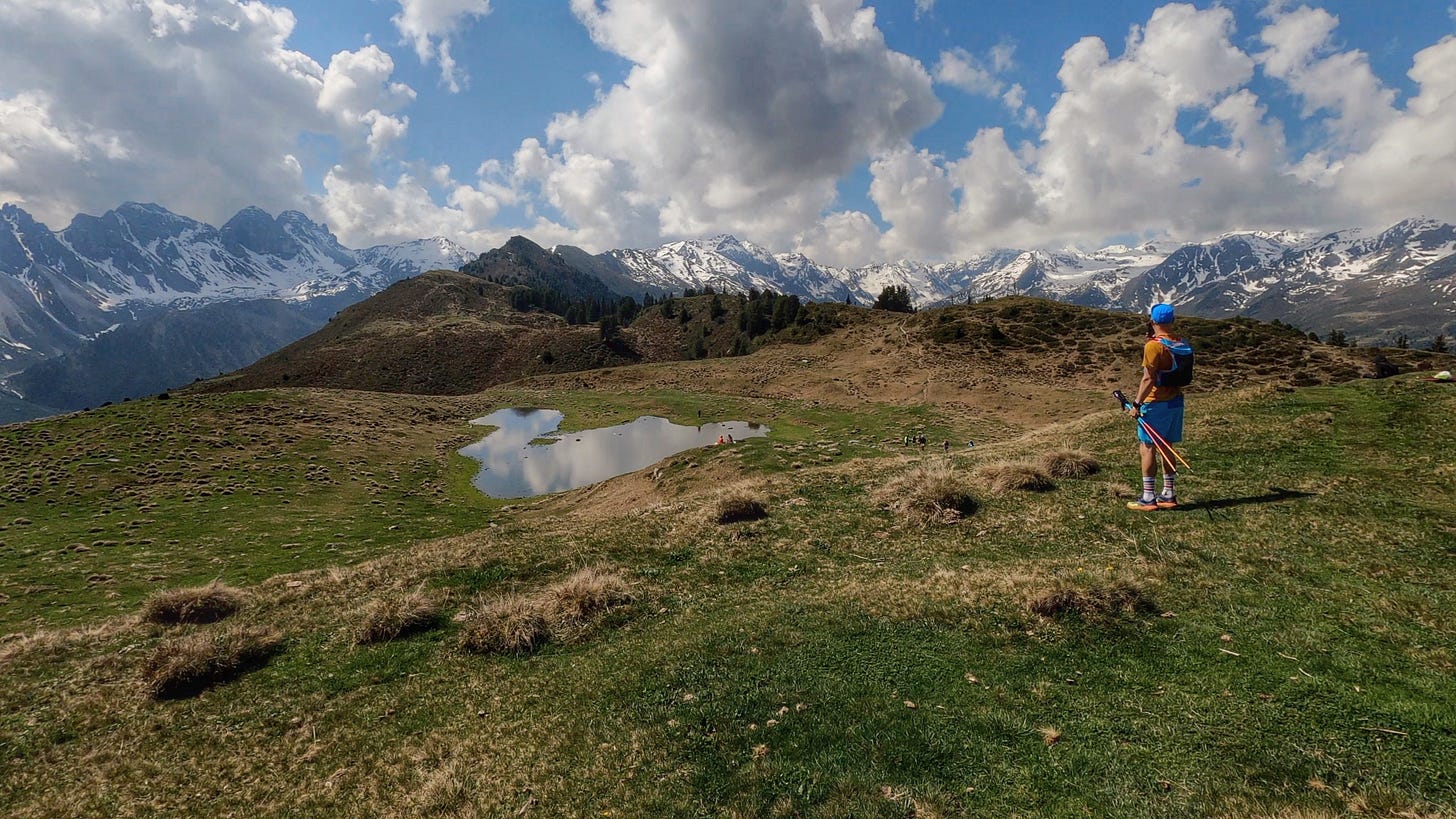Next Stop: Innsbruck 🇦🇹
Well... That was interesting. But first, a little backstory.
The pain started about two-and-a-half weeks before my first attempt at an ultramarathon. (After some friendly bullying/encouragement, I signed up for the 48-kilometer race in Innsbruck.)
I was at the end of a 14-kilometer speed workout when my right knee started to feel sore. By the end of the run, I was limping. I couldn’t so much as bend my knee withou…
Keep reading with a 7-day free trial
Subscribe to Without A Path to keep reading this post and get 7 days of free access to the full post archives.


